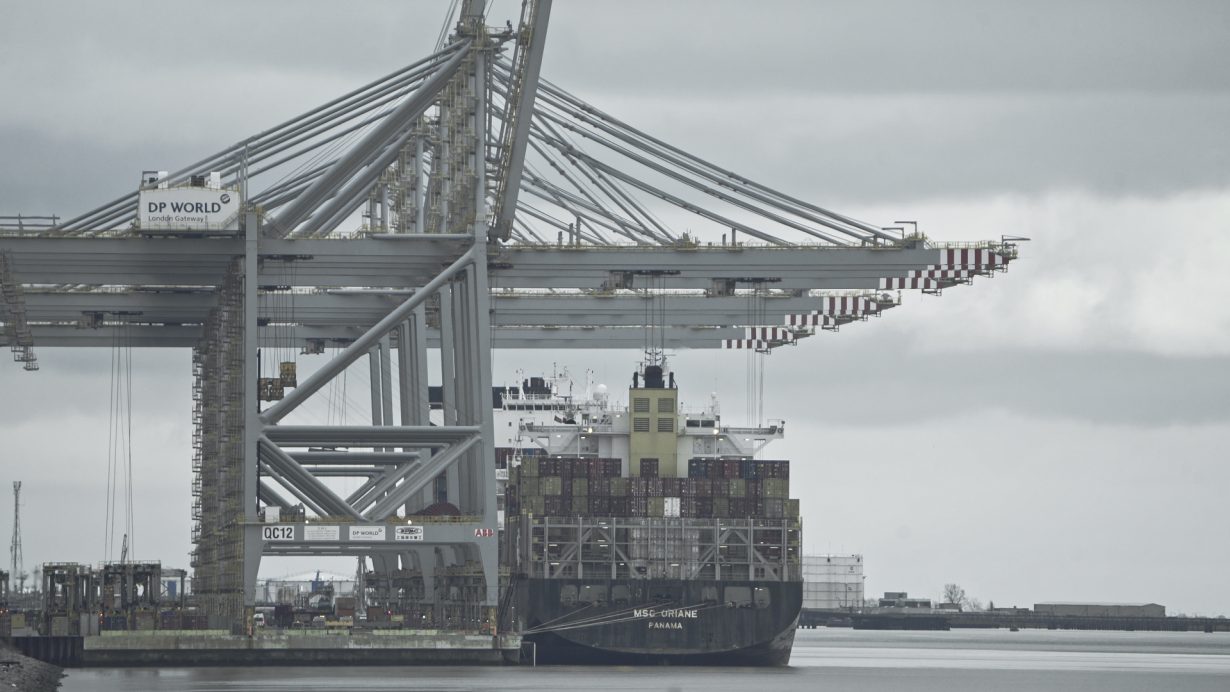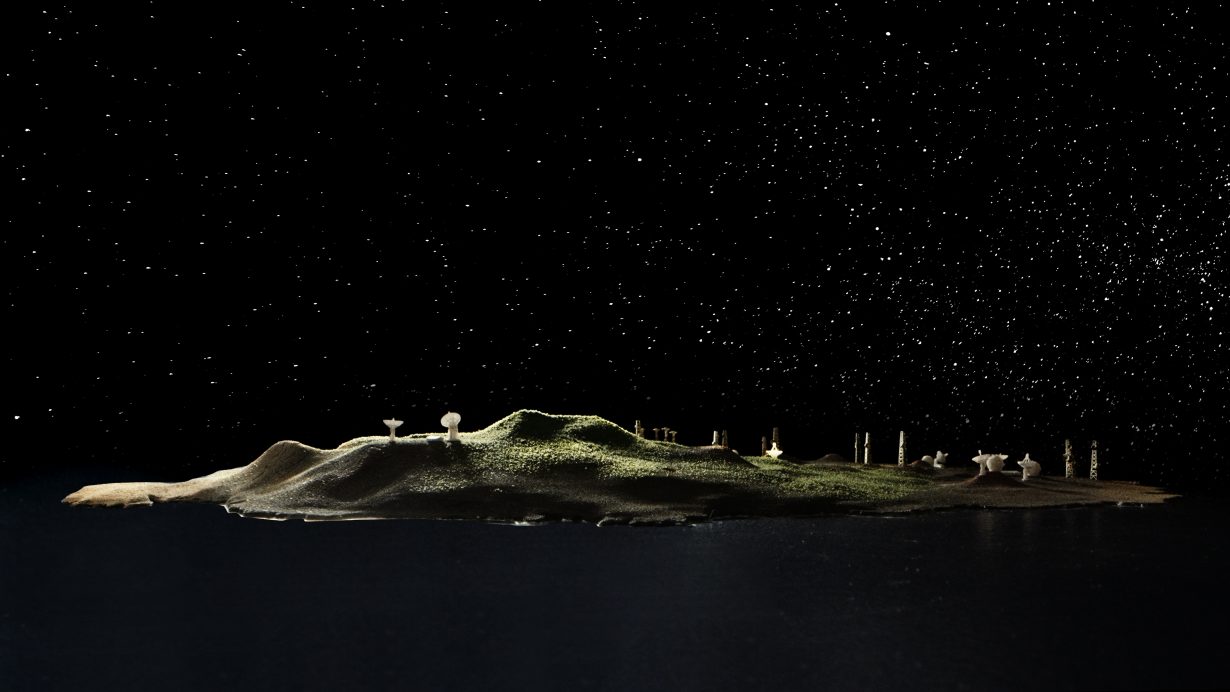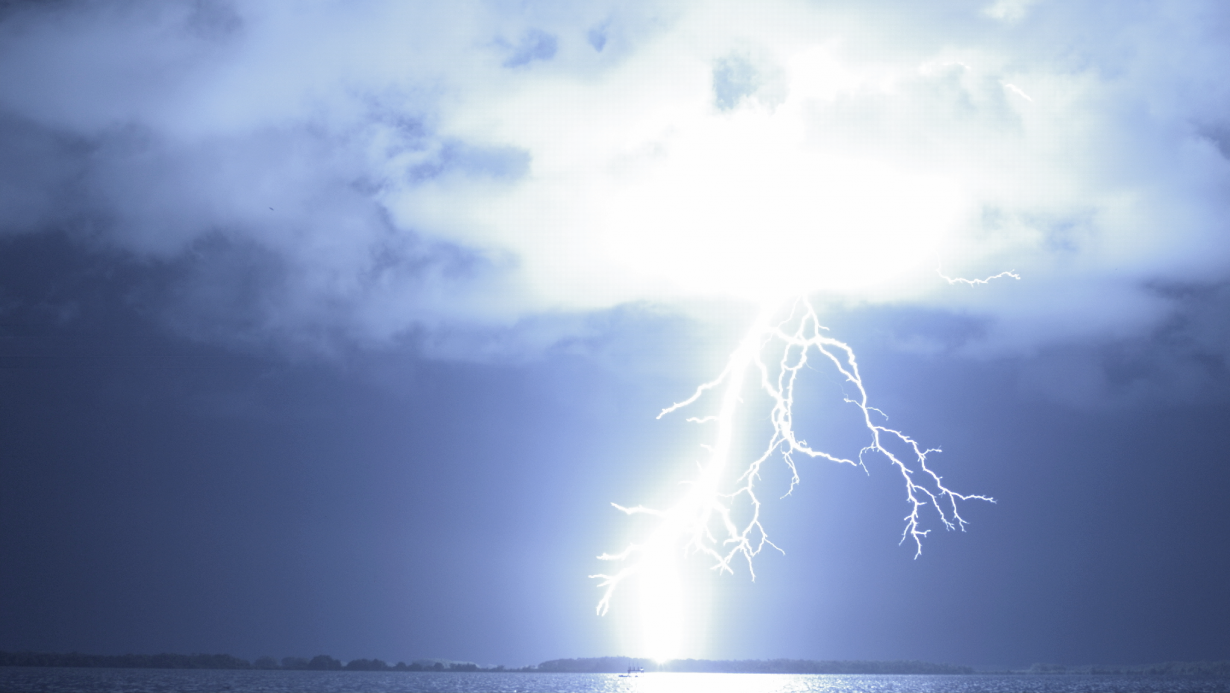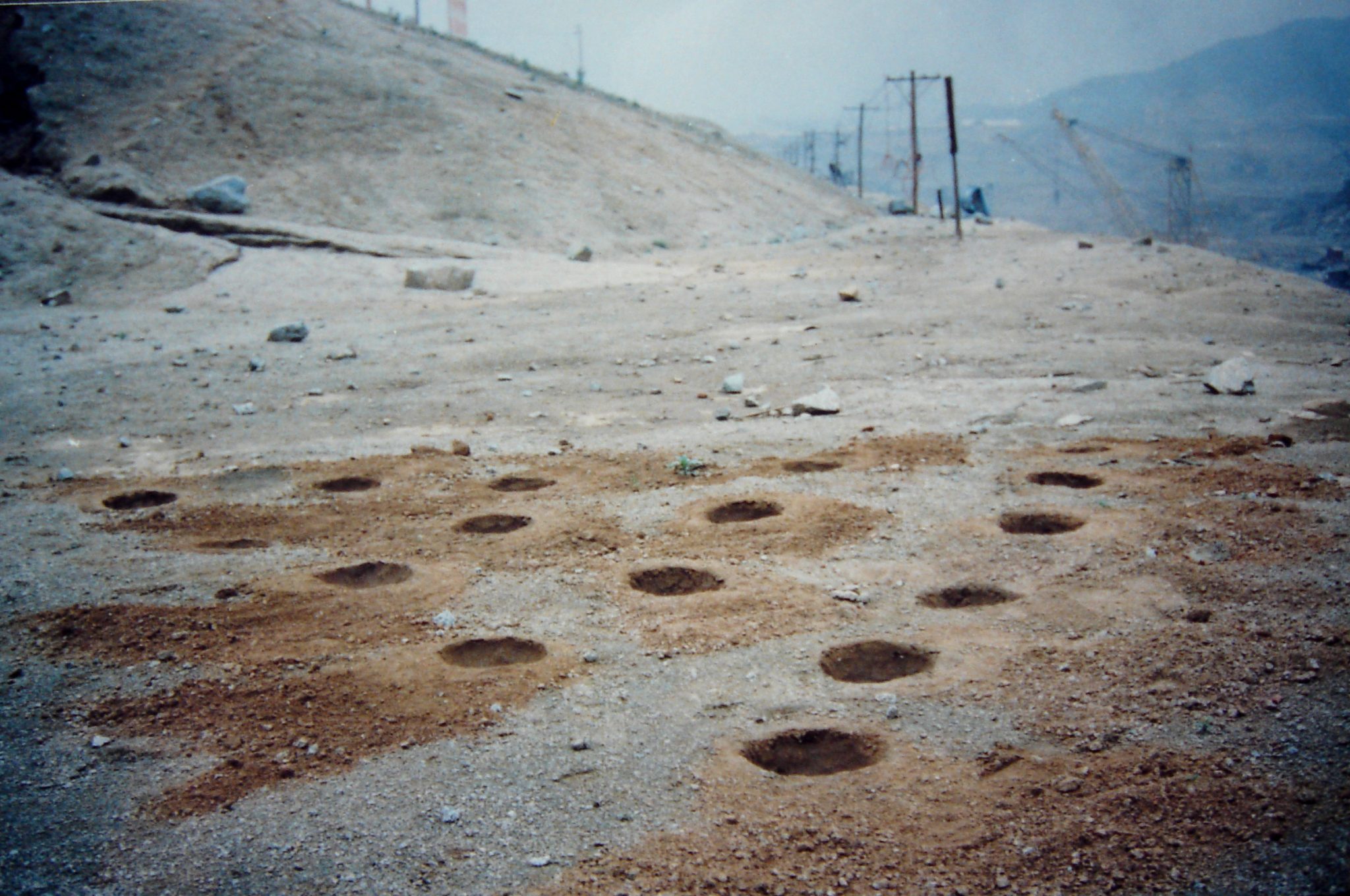Gaia Should Be Safe at MACA Art Centre, Beijing gestures towards the forces responsible for transforming our contemporary landscape
To Mao Zedong – a revolutionary leader known for his love of swimming – the Yangtze River was ‘the best natural swimming pool’. In 1956, when he went to inspect the construction of the Wuhan Yangtze River Bridge, among the first things he did was swim the width of the Yangtze, thrice, totalling a distance of over 28 km. This demonstration of physical prowess apparently melds with his pride in China’s long-awaited industrial accomplishment in a line from his poem ‘Prelude to the Water Melody: Swimming’ (1956), written shortly after the feat: ‘The mountain goddess should be safe (under the industrial work) / (she) will marvel at a world so changed’.
The verse inspires the Chinese title of Gaia Should Be Safe, the finale to MACA Art Center’s exhibition trilogy Who Owns Nature. (The first two, Multispecies Clouds in 2022–23, and the Primo Levi-inspired Elemental Constellations in 2023–24, negotiated the topic through nature’s biosphere and chemistry respectively.) Gathering the work of 11 artists, this iteration looks at the surface of Earth and how it is being terraformed to become our habitat. The show’s English title references the Greek goddess of Earth and attempts to tap into a buzzword of today’s international art scene, which frequently quotes James Lovelock’s Gaia theory to posit the Earth as responsive and sentient, rather than passive and compliant.

Much of the show itself deals with how the movement of economic and technological progress leaves material residues. Consisting of sculptures, found items and archival materials, Femke Herregraven’s installation Malleable Regress (2016) centres on four slabs of old rubber, the kind used in the early twentieth century to insulate the British Empire’s undersea telegraph network. (Today, that network still forms the basis of high-frequency trading lines that shape the locations of financial centres.) Bearing the inscription TJIPETIR, the name of a West Java plantation where they were produced, these ‘mysterious’ slabs beached on the UK’s and Europe’s Atlantic coastlines and were found by baffled local mudlarks. Their strangeness to European eyes contrasts with a series of archival photographs on the wall, showing Java workers in rubber woods or factories, in tropical lands that were exploited and made invisible. Elsewhere, Sonia Levy’s video Creatures of the Lines (2024) shows underwater scenes of British canals alongside views of industrial loading docks. As cranes lift cargoes, underwater we see plastic waste layered on the riverbed and hear the sound of water and the clamour of metal; molluscs cling to concrete blocks and seaweed grows through shopping carts. It’s a disconcerting vision of the other side of the landscape we created and buried out of sight. Despite the scattered geological spread of the works on view, taken sequentially they thread together a dialogue in which Empire, materials and ecological repercussions are all tied in the same web of cause and effect.

Other work takes a historical approach and reveals how the terraforming of lands often served political ends. Jonas Staal’s Empire’s Island (2023) is a four-part video essay that traces how the landscape has changed on Ascension Island. A volcanic island populated by less than 30 kinds of plant and no land mammals, to its European settlers it was terra nullius par excellence. To Staal, its landscape was shaped to perpetuate domination – first by Great Britain, then the United States – which altered its ecology, then turned it into a telegraph transit station (part of the same network protected by Herregraven’s rubber slabs) and a base for global surveillance. It’s a reality that continues, Staal suggests, as Elon Musk’s SpaceX Mars-colonisation project looks to monopolise land and its future on a more pervasive scale, modelling itself closely after Ascension’s history. As I write about the work in February, it doesn’t take much to also think of US President Donald Trump’s eagerness to make Gaza part of a real estate deal.
Given the Mao-referencing title, you might expect the show to steer closer to China’s own landscaping projects – not least its history of industrialisation, obsession with building railroads or the various ‘Great Green Walls’ now built to combat desertification and sandstorms – yet only one work on view explicitly references a Chinese project. Zhuang Hui’s Longitude 109.88 Latitude 31.09 (1995–2008) focuses on the Three Gorges Dam, whose construction, starting in the 1990s, led to the relocation of over a million people from areas that would be submerged by the rising waters. Included is a series of photographs and videos documenting the sites before and after the dam. In each of the videos, a stable camera looks over the mountainous landscape, postconstruction, which appears inscrutably reticent, as if more unbothered by such human intervention than acquiescent – it’s an almost literal response to Mao’s verses, while making us question ‘who’ the land actually is outside of its geological coordinates – after which the work is titled – or the industrialising purposes it serves. But like many works that deal with China’s sociopolitical pasts or present, all this is presented in an equivocal tone that might equally be one of criticism or glorification.

Despite its ecological undertone and avoidance of local politics, Gaia Should Be Safe gestures towards the forces responsible for transforming our contemporary landscape – how lands are conscripted to sustain domination and profits – and where we stand in these changes. This last idea is evoked in the magically simplistic metaphor of Julius von Bismarck’s video Talking to Thunder (2017) just outside the entrance to the show. Filmed in a jungle village in Venezuela, a country known for its frequent thunderstorms, the video records Bismarck firing copper coils into the sky, to which the sky responds with streaks of lightning. Formidable and sublime, its catastrophic force verges on being tamed. Or is it vice versa?
Gaia Should Be Safe at MACA Art Center, Beijing, 3 November – 23 February
From the Spring 2025 issue of ArtReview Asia – get your copy
